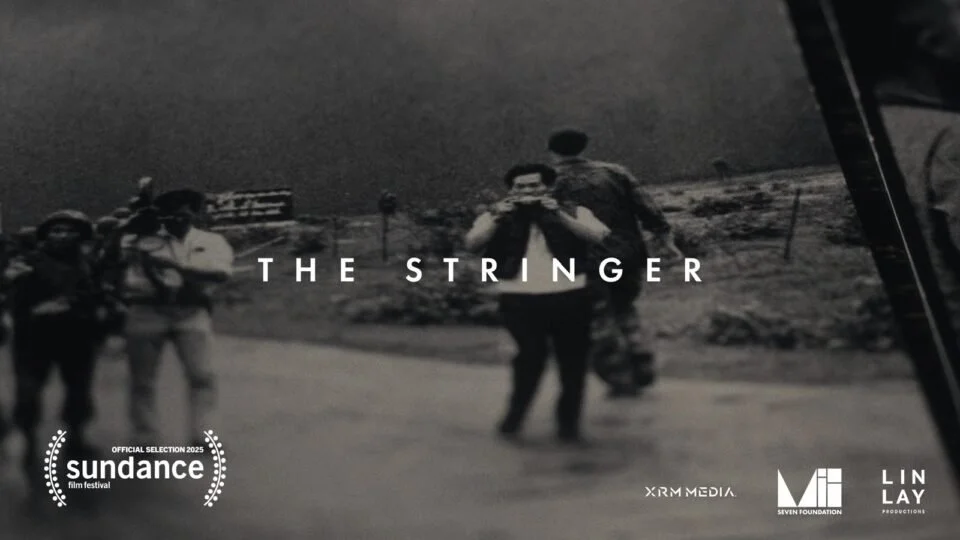A Search for Truth Behind “Napalm Girl”
A new documentary, The Stringer, is raising questions about the authorship of one of the most iconic war photographs ever taken. Known as “The Terror of War” or more informally as “Napalm Girl”, the image of nine-year-old Kim Phuc fleeing a napalm attack in 1972 became a defining moment of the Vietnam War.
The photograph, long credited to Associated Press staff photographer Nick Ut, won both the Pulitzer Prize and World Press Photo awards. However, the film suggests that the photo may in fact have been taken by a Vietnamese freelance photographer, Nguyen Thanh Nghe.
The Documentary
Directed by Bao Nguyen, produced by Fiona Turner, and co-created with photojournalist Gary Knight, The Stringer premiered earlier this year at the Sundance Film Festival. The filmmakers combined archival material, eyewitness testimony, and forensic analysis to revisit the events of June 8, 1972.
Former AP photo editor Carl Robinson, a key source in the documentary, claims that the image came from a roll of film purchased from a Vietnamese stringer for $50, but that senior AP leadership decided to credit Ut. This was allegedly done in part out of loyalty to Ut, whose brother—also an AP photographer—had been killed in Vietnam years earlier.
The investigation uncovered further details, including evidence about the type of camera used. The negative of the famous photo appeared consistent with a Pentax camera, which Nghe used, though AP has noted that Ut also owned a Pentax.
Broader Implications
The film explores not only who took the photograph but also the broader issue of how local photographers, or “stringers,” have historically been overlooked and under-credited. Gary Knight, who is a member of Convisero – the community of Trebuchet, emphasized the risks stringers face compared to foreign correspondents, often without protective equipment or institutional support.
The documentary also highlights parallels to the present day, where local photographers in conflict zones such as Gaza face similar challenges to credibility, recognition, and safety.
Continuing Debate
The Associated Press has conducted its own internal investigation and maintains that there is no conclusive evidence to change the attribution. Ut has consistently defended his authorship, and his attorney has indicated plans to file a defamation lawsuit. World Press Photo, however, has suspended authorship attribution while awaiting further evidence.
The filmmakers note that Ut himself may also be a victim of circumstance, as the decision to credit him was reportedly made by his superiors.
What Comes Next
The Stringer is currently screening at festivals, with wider distribution expected later this year. Its release is anticipated to spark renewed debate about authorship, accountability, and the recognition of local journalists in war reporting.
For more details, the original article by Charles Sennott can be read here: A Search for Truth Behind “Napalm Girl”.

